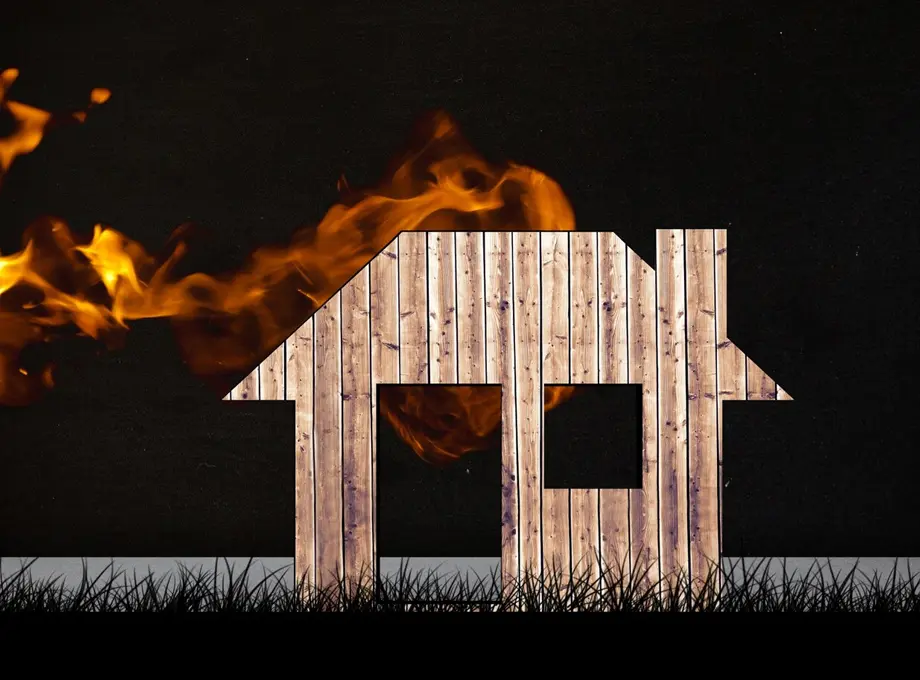
Stay Protected with Fire-Resistant Materials
Fire resistance is a critical factor in building safety, personal protection, and overall preparedness against fire hazards. Whether in construction, manufacturing, or daily life, understanding what fire resistance means and its applications can help prevent disasters and save lives.
What Is Fire Resistance?
Fire resistance refers to the ability of a material or structure to withstand fire or high temperatures for a specified period. This property allows the material to maintain its integrity and function while slowing the spread of fire.
Fire resistance is often rated in terms of hours (e.g., 1-hour or 2-hour fire resistance), indicating how long a material or system can endure exposure to fire before failing.
Why Is Fire Resistance Important?
Fire resistance is vital for:
- Protecting Lives: Fire-resistant materials slow down the spread of flames, providing occupants more time to evacuate.
- Minimizing Property Damage: These materials reduce the chances of structural collapse and damage to valuables.
- Meeting Building Codes: Fire resistance is a key component of safety regulations in residential, commercial, and industrial construction.
- Supporting Emergency Response: Fire-resistant buildings and materials help contain fires, making it safer for firefighters to extinguish them.
Types of Fire-Resistant Materials
- Concrete and Masonry
These materials are inherently fire-resistant due to their non-combustible properties. They are commonly used in walls, floors, and structural components. - Steel with Fireproof Coatings
While steel can weaken at high temperatures, applying fire-resistant coatings helps maintain its structural integrity during a fire. - Gypsum Board (Drywall)
Gypsum contains water, which is released as steam when exposed to heat, providing a natural fire-resistant barrier. - Fire-Resistant Glass
Designed to withstand extreme heat, fire-resistant glass prevents flames and smoke from spreading while maintaining visibility. - Intumescent Paints
These specialized coatings expand when exposed to high temperatures, forming a protective insulating layer over the surface. - Fire-Rated Insulation
Materials like mineral wool and fiberglass are popular for their excellent fire-resistant properties.
Applications of Fire-Resistant Materials
- Building Construction:
Fire-resistant walls, ceilings, and doors are essential in constructing safe residential and commercial spaces. - Industrial Settings:
Factories and warehouses often use fire-resistant barriers, coatings, and insulation to protect workers and assets. - Transportation:
Fire-resistant materials are used in vehicles, trains, and aircraft to improve passenger safety. - Home Safety:
Products like fireproof safes, blankets, and window treatments are widely used to enhance fire safety at home.
Fire Resistance Ratings and Standards
Fire resistance ratings are determined through standardized testing to evaluate how materials perform under fire exposure. Globally recognized standards include:
- ASTM International Standards
- British Standards (BS 476)
- ISO Fire Safety Standards
Benefits of Fire Resistance
- Enhanced Safety: Protects people and reduces the risk of injury or death during a fire.
- Economic Savings: Prevents costly property damage and reduces repair expenses.
- Environmental Protection: Slows fire spread, minimizing smoke and toxic emissions.
- Regulatory Compliance: Ensures adherence to fire safety codes and building standards.
Conclusion
Fire resistance plays an essential role in ensuring safety and reducing risks in various environments. Whether you’re designing a new building, upgrading your home, or improving workplace safety, investing in fire-resistant materials and products is a smart and responsible choice.
By understanding fire resistance and its applications, you can take proactive steps to protect lives, property, and the environment.



